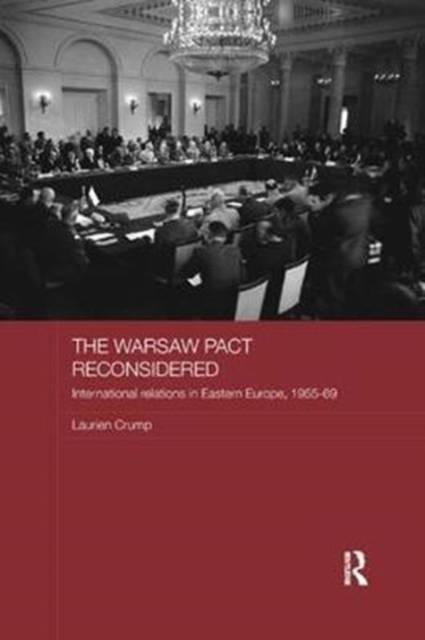
- Retrait gratuit dans votre magasin Club
- 7.000.000 titres dans notre catalogue
- Payer en toute sécurité
- Toujours un magasin près de chez vous
- Retrait gratuit dans votre magasin Club
- 7.000.0000 titres dans notre catalogue
- Payer en toute sécurité
- Toujours un magasin près de chez vous
Description
The Warsaw Pact is generally regarded as a mere instrument of Soviet power. In the 1960s the alliance nevertheless evolved into a multilateral alliance, in which the non-Soviet Warsaw Pact members gained considerable scope for manoeuvre. This book examines to what extent the Warsaw Pact inadvertently provided its members with an opportunity to assert their own interests, emancipate themselves from the Soviet grip, and influence Soviet bloc policy. Laurien Crump traces this development through six thematic case studies, which deal with such well known events as the building of the Berlin Wall, the Sino-Soviet Split, the Vietnam War, the nuclear question, and the Prague Spring. By interpreting hitherto neglected archival evidence from archives in Berlin, Bucharest, and Rome, and approaching the Soviet alliance from a radically novel perspective, the book offers unexpected insights into international relations in Eastern Europe, while shedding new light on a pivotal period in the Cold War.
Spécifications
Parties prenantes
- Auteur(s) :
- Editeur:
Contenu
- Nombre de pages :
- 348
- Langue:
- Anglais
- Collection :
Caractéristiques
- EAN:
- 9781138102132
- Date de parution :
- 25-05-17
- Format:
- Livre broché
- Format numérique:
- Trade paperback (VS)
- Dimensions :
- 156 mm x 233 mm
- Poids :
- 497 g

Les avis
Nous publions uniquement les avis qui respectent les conditions requises. Consultez nos conditions pour les avis.






